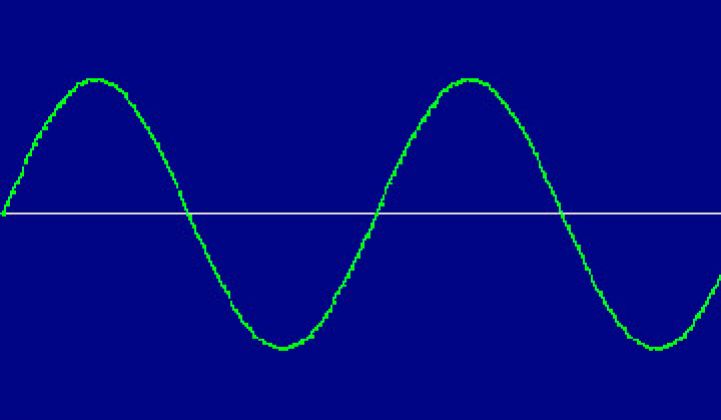As photovoltaic (PV) solar power becomes more prevalent and as PV penetration on the grid grows, inverters are going to increasingly be depended on to provide ancillary services in addition to just straight DC-to-AC conversion. These new services will look different for small residential and commercial applications versus utility-scale, but in any case, the role of the inverter is likely to grow.
Advanced Energy, Enphase, Petra Solar, Satcon, SMA, and SolarBridge are just a few of the inverter firms exploring these new inverter functions and we asked some of the vendors to weigh in on the topic.
Greg Madianos, the Marketing Director at SolarBridge, is on an Electric Power Research Institute (EPRI) committee for grid integration standards for inverters and says that his firm "is building a lot of this capability" into their microinverter. It's in "recognition of the fact that every inverter from panel level to megawatt-scale is increasingly part of the grid and has a role to play in the stability of the grid." SolarBridge's microinverter "can provide VAR support from 0.9 leading to 0.9 lagging and is "future-proof" by virtue of firmware upgrades.
EPRI is performing its research to analyze the impact of voltage control strategies on distribution systems. The focus of the analysis is on the use of smart inverters to provide optimized volt/var support in conjunction with grid-tied solar PV.
EPRI's inverter integration standards committee, helmed by Brian Seal in Tennessee, is tasked with formulating protocols and standards for the emerging role of PV inverters. These functions are still being explored but include Low Voltage Ride Through (LVRT), automatic provisioning, curtailment, and supporting the grid in situations of low and high voltage. These features are not all here today -- but that list is a useful start.
The team at SolarBridge notes that power converters for wind turbines have already adopted some of these capabilities.
These qualities will be tested in areas or circuits where there is a particularly high PV penetration -- say, an island like Hawaii or a military facility like Nellis AFB. Hawaii is a classic case of high penetration of PV and a classic experimental ground.
Advanced Energy (which recently acquired PV Powered) is working to address these challenges with partners Portland General Electric (PGE), Schweitzer Engineering Laboratories (SEL), and Northern Plains Power Technologies (NPPT) under the Solar Energy Grid Integration System (SEGIS) program
Advanced Energy claims, "The SEGIS program advancements will help lay the foundation for an “intelligent” or smart inverter capable of integrating large-scale photovoltaic power generation into the smart grid with greater stability and protection, and at a far more competitive Levelized Cost of Energy. By providing the monitoring, control, and other capabilities utilities need to successfully integrate high penetrations of distributed photovoltaic power, the industry will be in a better position to satisfy even the most aggressive Renewable Portfolio Standards." AE has a white paper on the topic available for download at their site.
Germany's SMA, the inverter market leader, is part of the E-Energy program, a project initiated by Germany's Federal Ministry of Economics and Technology. The project looks to explore the use of IT and communications in the smart grid and in microgrids.
A central aspect of the program is the "self-consumption of solar power." SMA's Sunny Home Manager looks to offer a way of controlling home appliances in conjunction with a PV system's inverter. Germany's Renewable Energy Act envisions self-consumption of solar power as a benefit in its effect of reducing strain on the national grid.
Satcon provides low-voltage ride-through in their utility-scale inverters, as does SMA. Steve Rhoades, CEO of Satcon, has spoken of inverters integrated with a small amount (e.g., two minutes' worth) of lead-acid battery storage capacity. It would seem a natural for inverters to support some level of storage capability.
In the words of microinverter firm Enphase's VP and co-founder Raghu Belur, "We see ourselves as ambassadors of the grid -- we absolutely have to be grid aware."
SMA's Jim Morgenson said, "For utilities to fully embrace PV, solar has to be an asset, not a liability."
***
Greentech Media's Networked Solar Event explores the convergence of solar power, inverter electronics and the smart grid. More details here.



